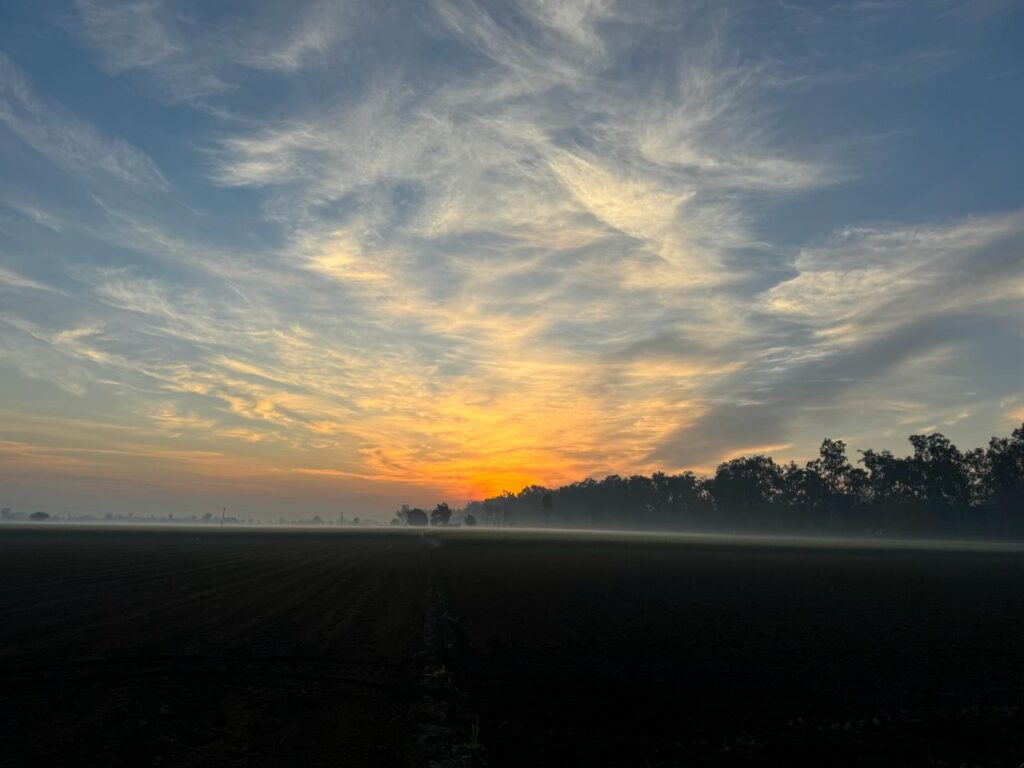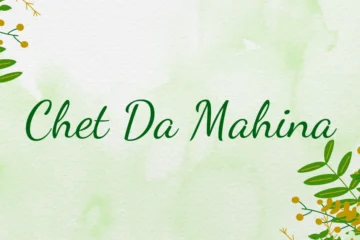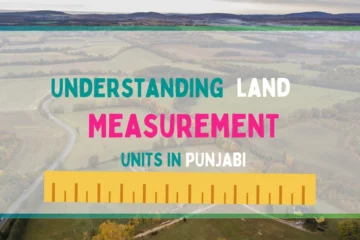
Explore the vibrant summer life of a Punjab village! From lush fields to colourful festivities, dive into the heart of rural Punjab’s culture and traditions. Discover the beauty of rolling wheat fields, the warmth of community celebrations like Vaisakhi and Teej, and indulge in traditional delights like refreshing lassi and seasonal delicacies. Experience the joy, abundance, and togetherness that define summer in Punjab’s villages.
From Fields to Festivities: Dive into the Vibrant Summer Life of a Punjab Village!
Introduction
Embracing the Warmth of Punjab’s Villages
Summer in Punjab is a time when the vibrant culture and rich traditions of its villages come to life. It’s not just a season; it’s a celebration of community, abundance, and joy. Stepping into a Punjab village during the summer months offers a glimpse into a world where nature, culture, and festivities intertwine to create an unforgettable experience.
The Beauty of Rural Punjab
Rolling Fields of Gold
Punjab’s countryside is renowned for its fertile lands and extensive fields of wheat, stretching out like a golden carpet under the sun. The summer season brings with it the promise of a bountiful harvest, as farmers toil tirelessly in the fields, nurturing the crops that sustain their livelihoods and communities.
Life in the Villages
Life in Punjab’s villages is characterized by simplicity, resilience, and a deep connection to the land. From the crack of dawn, villagers can be found tending to their fields, herding cattle, and engaging in various agricultural activities. Despite the challenges they face, there’s a sense of contentment and fulfillment that comes from living in harmony with nature.
Festivities That Light Up the Summer Sky
Vaisakhi: A Harvest Celebration
Vaisakhi holds a special place in the hearts of the Punjabi people. It marks the beginning of the harvest season and is celebrated with great fervor and enthusiasm. Villagers come together to offer thanks for the bountiful crops and pray for prosperity in the year ahead. The air is filled with the sound of folk music, the aroma of delicious food, and the joyous laughter of children.
Teej: A Festival of Joy and Togetherness
Teej is another important festival celebrated during the summer months, especially by women. It’s a time to rejoice in the arrival of monsoon rains and pray for the well-being of their husbands. Women dress in colourful attire, adorn themselves with intricate henna designs, and come together to sing folk songs and dance to traditional tunes.
Summer Vacations From Schools
During the summer time in the village kids also have vacations from schools. In the old days kids used to go “Nanake Pind” (Mother’s Parents Place) during the summer holidays and spend all their vacations over there. Kids used to play during the afternoon time. Gully Dunda, Playing with cards, playing with marbles, and Lukan Mitti (Hide & Seek) were the main games for the kids.In our village Raowal kids used to go Canal for swimming during afternoon time and spend whole day over there
Cooling Off with Traditional Delights
Lassi: Desi Punjabi Cooler
No summer in Punjab is complete without indulging in a glass of chilled lassi. Made from freshly churned yogurt, sugar, and a hint of cardamom, this creamy beverage is the perfect summer drink in the heat. Whether enjoyed plain or flavoured with fruits or spices, lassi is a refreshing treat for locals and visitors alike.
Gorging on Seasonal Delicacies
Summer brings an abundance of seasonal fruits and vegetables to Punjab’s markets, tempting villagers with their vibrant colors and flavors. From succulent mangoes and juicy watermelons to crisp cucumbers and tangy raw mangoes, there’s no shortage of delicious treats to enjoy. Villagers take full advantage of nature’s bounty, incorporating these fresh ingredients into their meals and snacks.
Conclusion
Summer in a Punjab village is a time of celebration, gratitude, and togetherness. From the golden fields to the colorful festivals, every aspect of rural life reflects the warmth and hospitality of the Punjabi people. So, if you ever find yourself in Punjab during the summer months, be sure to dive into the vibrant life of its villages and experience the magic for yourself!
FAQs (Frequently Asked Questions)
1. What are some other traditional festivals celebrated in Punjab?
Punjab is home to numerous traditional festivals, including Lohri, which celebrates the end of winter, and Gurpurab, which honors the birthdays of Sikh Gurus. Diwali, the festival of lights, and Holi, the festival of colors, are also widely celebrated.
2. How do villagers prepare for the summer harvest?
Villagers prepare for the summer harvest by carefully tending to their crops throughout the growing season. This includes watering, weeding, and protecting the fields from pests. As the harvest approaches, they gather tools and organize labor to ensure an efficient and successful gathering of crops.
3. Are there any specific rituals or customs associated with Baisakhi and Teej?
Yes, Vaisakhi involves rituals such as performing prayers at Gurdwaras (Sikh temples), participating in Nagar Kirtans (processions), and preparing and sharing communal meals (Langar). For Teej, women often gather to swing on decorated swings, apply henna, dress in vibrant traditional attire, and sing folk songs celebrating womanhood and monsoon rains.
4. What are some typical dishes enjoyed during the summer season in Punjab?
During summer, Punjabis enjoy a variety of dishes made from seasonal produce. This includes refreshing fruit chaat (fruit salad), aam panna (a tangy mango drink), kachumber salad (a mix of cucumbers, tomatoes, and onions), and stuffed parathas with raw mango or lauki (bottle gourd) fillings. Cooling beverages like lassi and chaach (buttermilk) are also staples.
5. Is agriculture the primary source of income for villagers in Punjab?
Yes, agriculture is the primary source of income for many villagers in Punjab. The fertile land and favorable climate make it ideal for cultivating crops such as wheat, rice, and maize. Additionally, dairy farming and animal husbandry are significant contributors to the rural economy.


